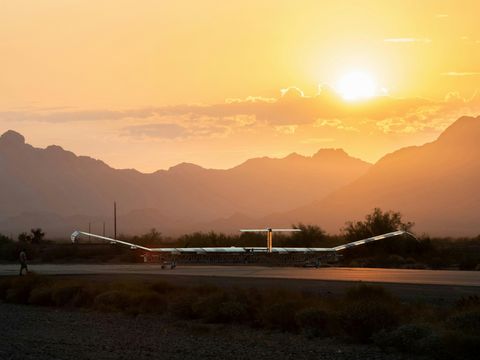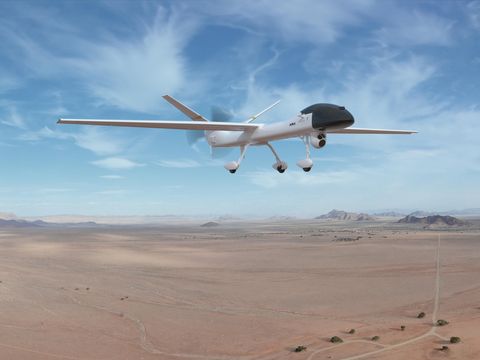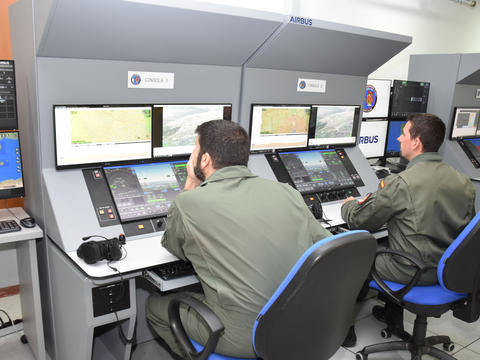Crewed-Uncrewed Teaming
Technology of the future becoming a reality of today
Crewed and uncrewed in seamless collaboration
Crewed-uncrewed Teaming is the operation of manned and unmanned assets in concert towards a shared mission objective. It is one of the key innovations that will pave the way to future air power. Smart, connected and modular unmanned systems connected by a distributed network of intelligence will act as force multipliers for the crewed aircraft, enhancing the team’s capabilities and keeping the pilot out of harm’s way, while still in control.
Crewed-uncrewed Teaming is a critical enabler for Remote Carriers, one of the pillars of the Future Combat Air System (FCAS). The complex future air combat environment will require unmanned aircraft to be deployed alongside fighter jets. Remote Carriers will be designed specifically to fulfil that role.
Remote Carriers - the combat sidekick
Remote Carriers will be able to act as remote sensors, carrying a wide range of payloads suitable for ISTAR missions. Other versions will have the capabilities to directly engage threats – both kinetically and non-kinetically (e.g. through electronic attack). The Remote Carriers will be modular, meaning a selected payload can be chosen in accordance with the mission planned and required capabilities, effectively rendering them multi-mission air combat assets.
Applications for a wide range of missions
The applications of teaming go beyond air combat. Through Airbus-led large-scale flight demonstration of various types of piloted assets, such as mission aircraft and helicopters, and pilotless assets, it will bring benefit to a wider range of missions, covering search and rescue, maritime surveillance and border protection. Sensors installed on uncrewed aircraft will improve the coverage of crewed platforms, adding to mission efficiency and effectiveness.
Teaming at Airbus builds on past demonstrations
Airbus has shown in multiple demonstrations its capability and ambitions to control uncrewed systems from crewed systems in its vision for smart, modular and connected air power.
- From 2018, we began to demonstrate such capabilities using our in-house modified Do-DT25 target drones. 2022 saw the launch and operation of a remote carrier flight test demonstrator from an A400M aircraft, marking a major step toward integrating uncrewed systems into the Future Combat Air System (FCAS).
- In Europe's first large-scale multi-domain flight demonstration led by Airbus, two fighter jets, a helicopter and five uncrewed remote carriers successfully collaborated on a real-life-inspired mission. The demonstration, conducted in Finland, used a meshed compact airborne data link (CANDL) to seamlessly connect the aircraft and drones, showcasing advanced crewed-uncrewed teaming capabilities.
- In the EU-funded MUSHER project, Airbus proved with its partners that crewed helicopters and UAS from different companies and different countries, operating in different areas, could be integrated into a single crewed-uncrewed Teaming system.
- In late 2024, Airbus built further on past successes and demonstrated with its partner Primoco One 150 how its Teaming Intelligence software can autonomously and dynamically manage a group of UAVs in real time. The capability offers higher levels of automation and autonomy as well as artificial intelligence-assisted threat detection and identification in third party platforms outside the standard Airbus ecosystem. The capability can be scaled to any fixed-wing, rotary-wing, crewed or uncrewed aircraft on the market. The same applies to the integration of software components from third-party providers, such as automatic target recognition. This will also enable collaborative information processing in the context of combat missions, as well as beyond, during inspections of critical infrastructures and border protection.
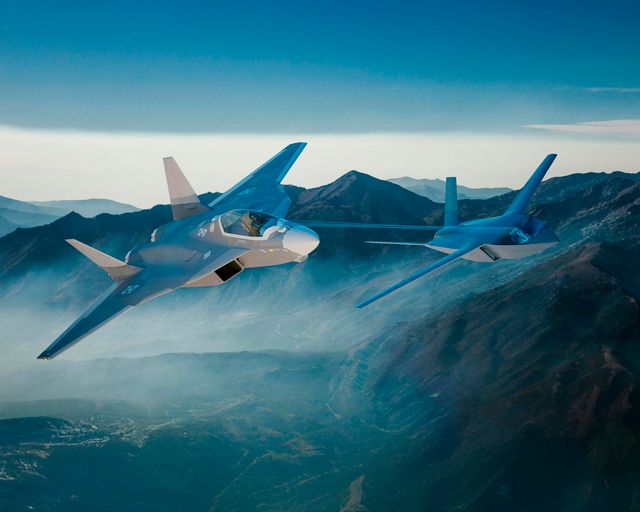
Advantages of Crewed-Uncrewed Teaming
- Decreasing risk - Uncrewed platforms will take over the riskiest tasks, increasing pilot safety
- Force multiplier - Multiplying piloted asset’s capabilities with Remote Carriers flying alongside crewed aircraft
- Pillar for the future - key to the Future Combat Air System, synergising the best of crewed and uncrewed
Download Datasheet
Teaming

MUT Datasheet

Airbus Teaming Intelligence
- Teaming

MUT Datasheet

Airbus Teaming Intelligence
The latest UAS news
In the Spotlight
-

Intelligent collaboration: the future of manned-unmanned teaming
Web StoryHelicopters
Nicolas Delmas, Airbus Helicopters Head of UAS and the VSR programme, underlines the importance of manned and unmanned assets working alongside each other. -

Unmanned escort for manned fighter jets: Airbus presents new Wingman concept at ILA…
Press ReleaseDefence
-

Airbus finalises acquisition of Aerovel and its UAS Flexrotor
Press ReleaseHelicopters
-
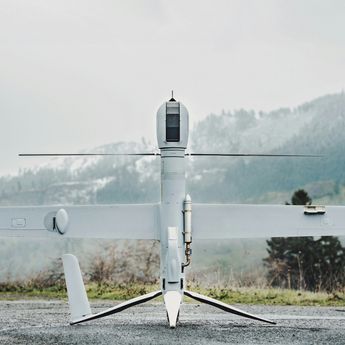
Airbus Helicopters to expand unmanned aerial system portfolio with acquisition of…
Press ReleaseHelicopters
-

Blue versus red: Europe wins
Web StoryDefence








